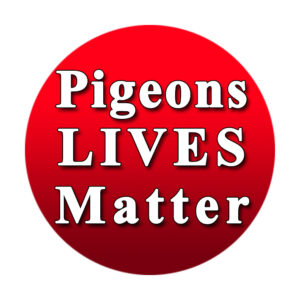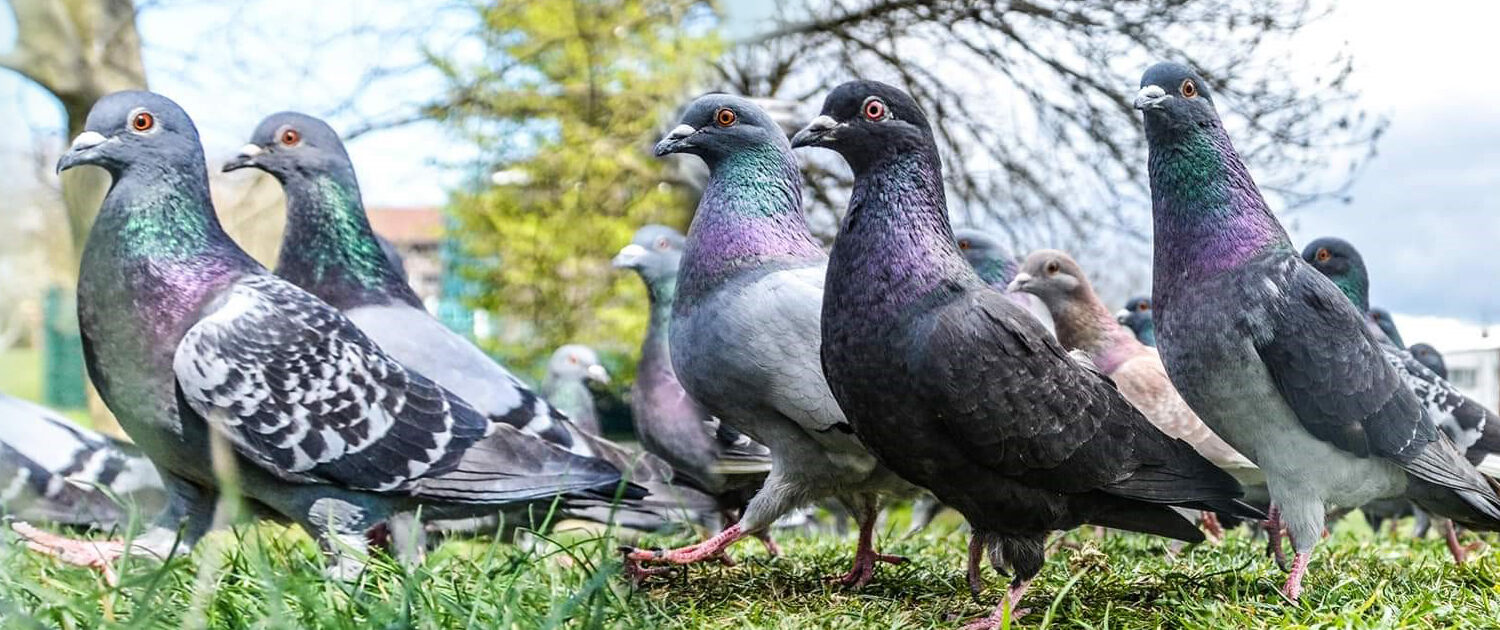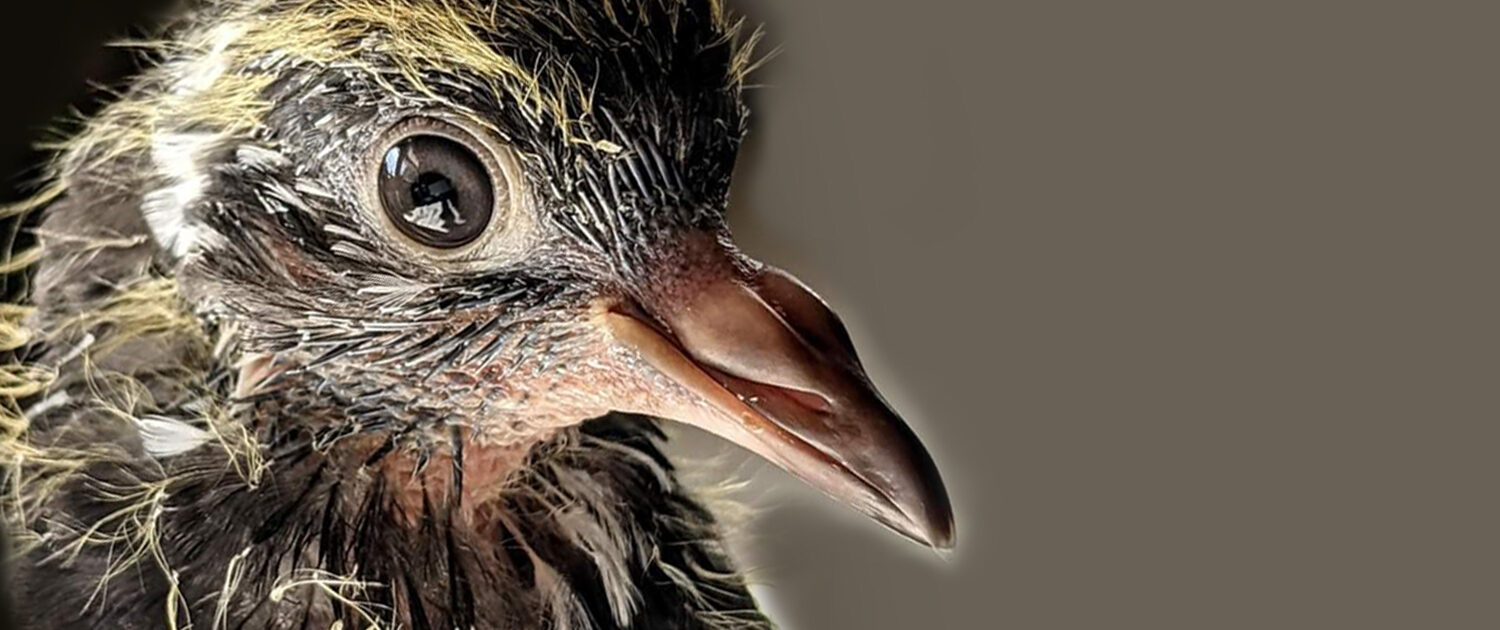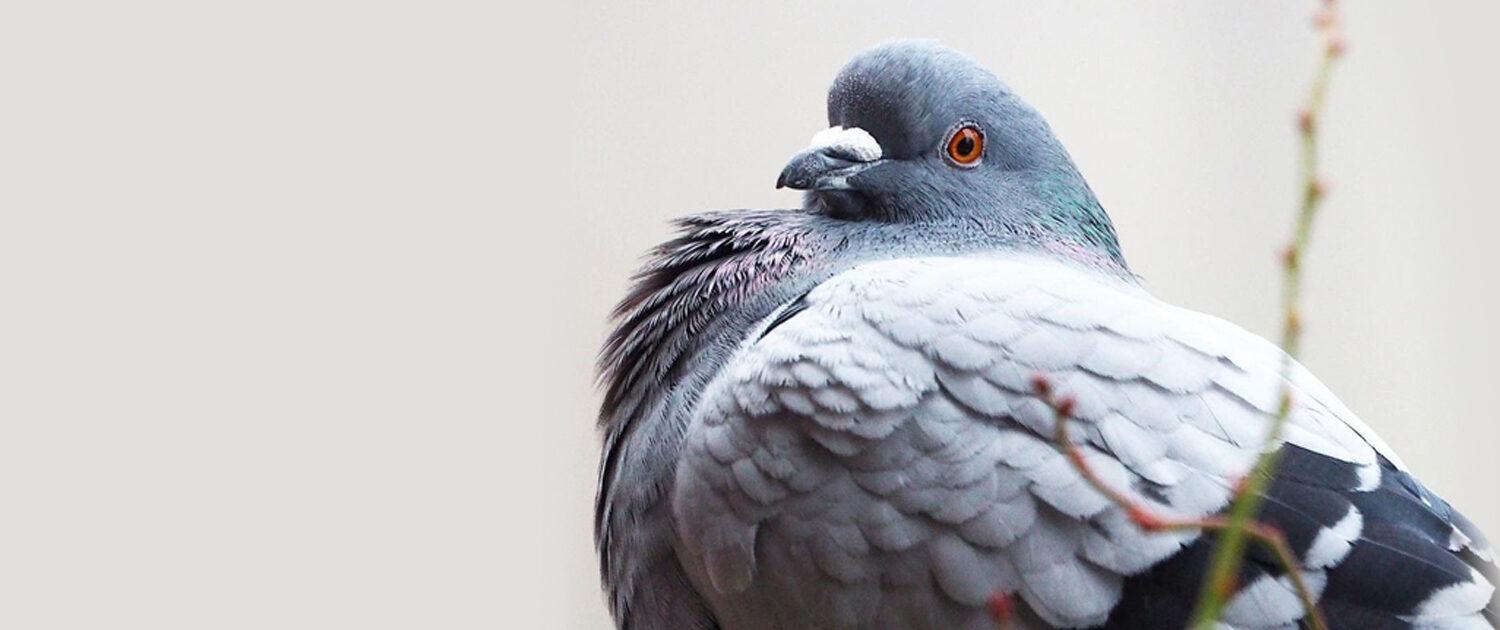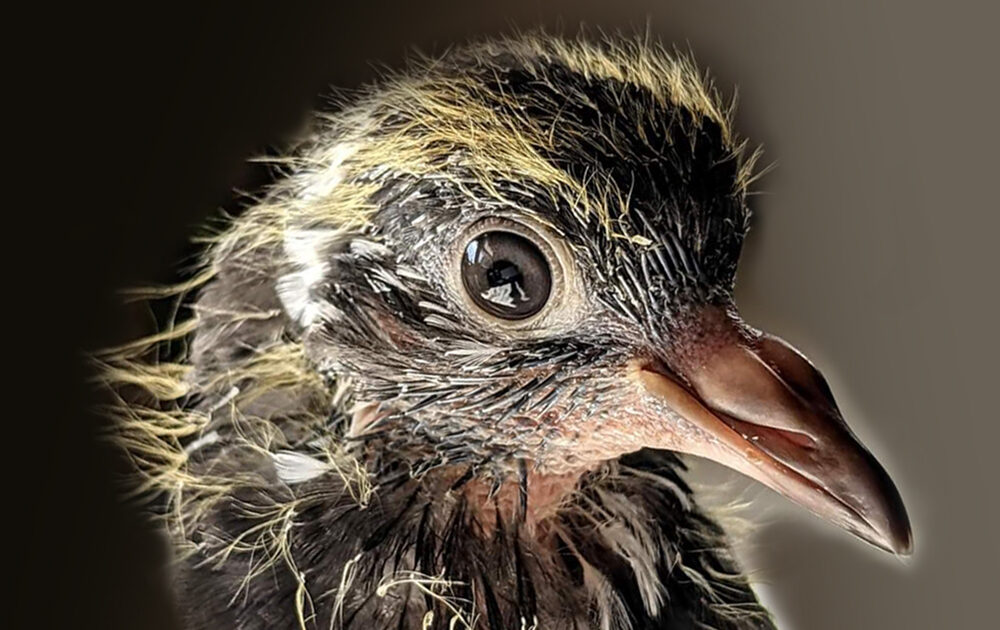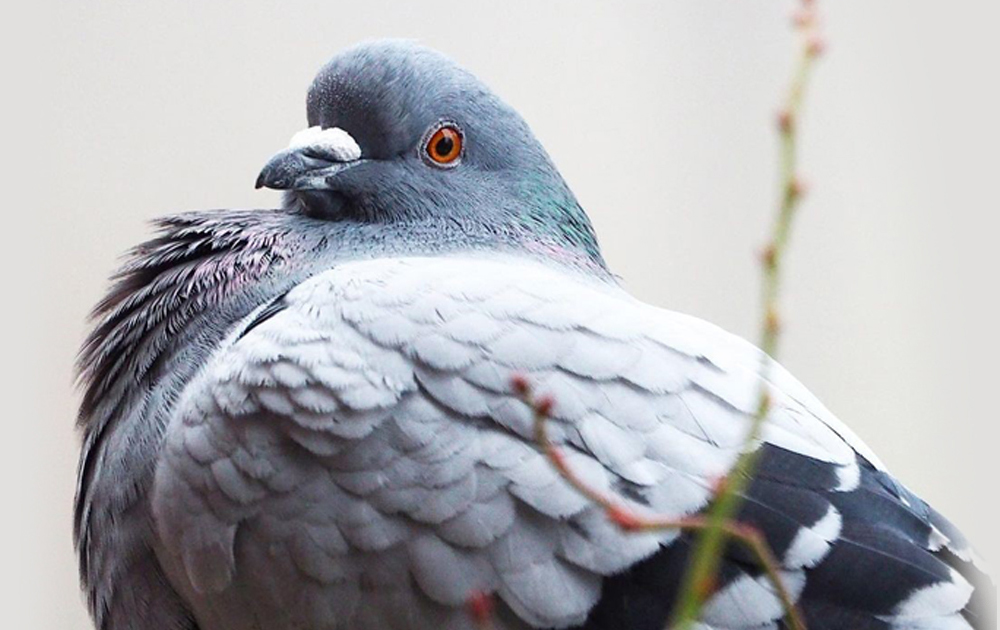The pest control industry has created a niche for itself by recommending lethal control options. This is because the pest control industry pumps out huge volumes of misleading propaganda each year in an effort to convince the public, that there is a need to control wild bird populations lethally, when in reality lethal control will simply exacerbate and compound the problem.
It is not only the bird control sector where the use of lethal control is a wasted effort. Virtually every wild species on the planet will react and respond to lethal controls in the same way that birds do. In reality the average property owner would be better to do nothing at all than to employ lethal methods in an effort to control wild birds on their property. Population size will remain static if no action is taken (unless available food increases dramatically) and yet if lethal controls are used population size will increase rapidly. A bird-related problem can always be resolved by using humane and non-lethal control options that will provide the client with a sustainable and cost-effective control system. There is never a need to use lethal control or a circumstance where it will be anything other than completely ineffective.
